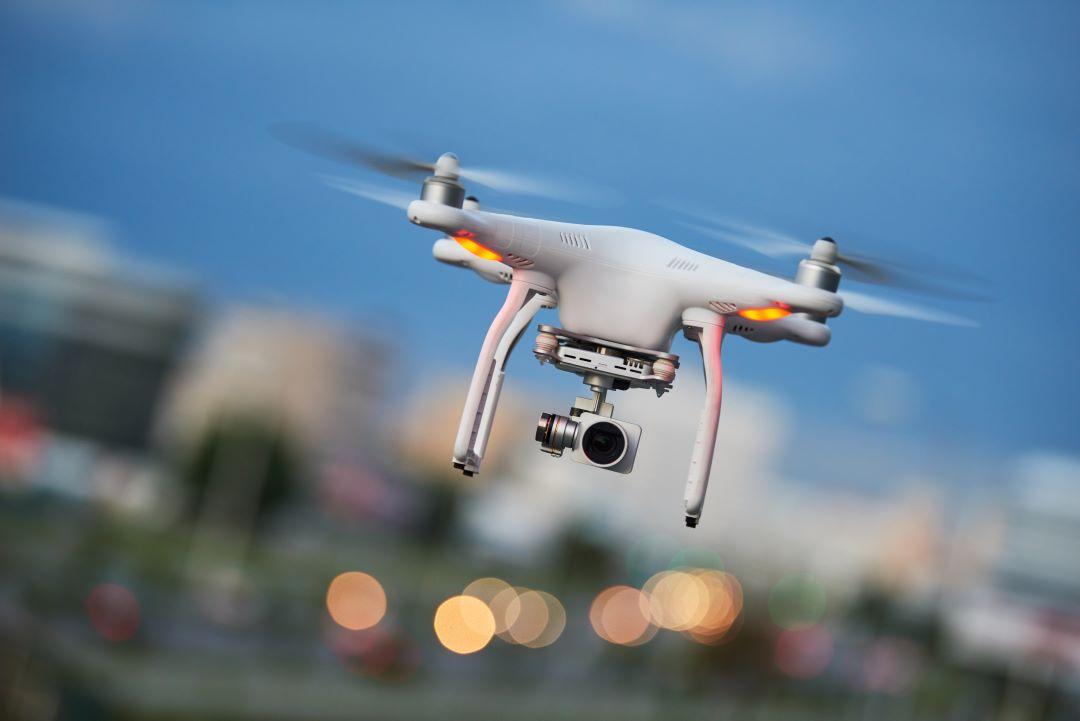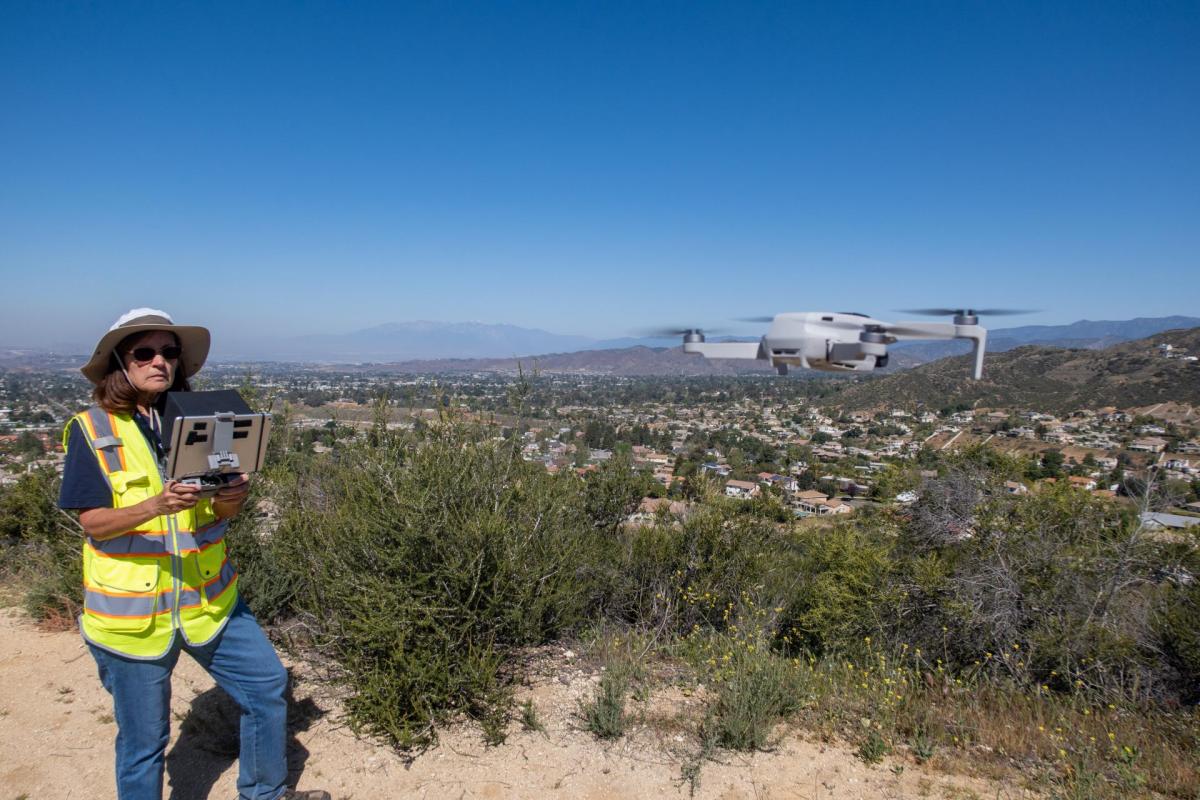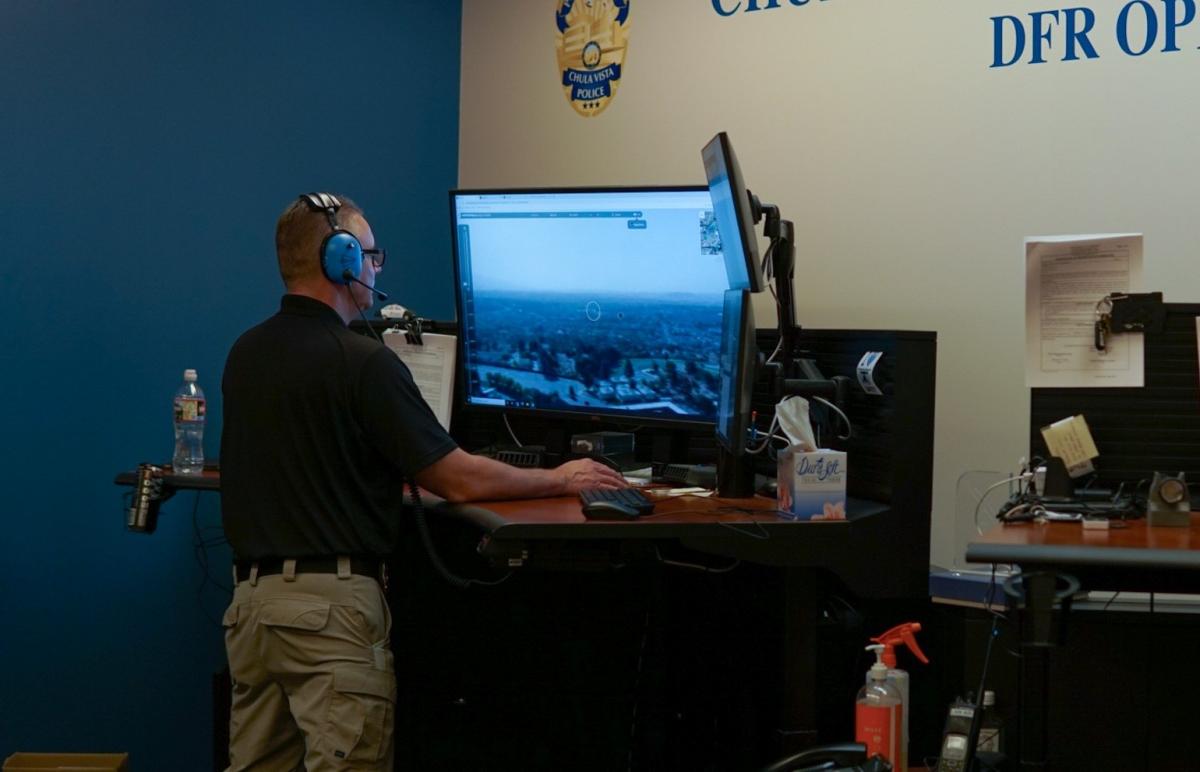Don’t fly by these rules when developing a city drone program
Matthew R. Silver is the founding partner of Civica Law Group APC, and can be reached at msilver@civicalaw.com, Lauren E. Brown is an associate attorney at Civica Law Group APC, and can be reached at lbrown@civicalaw.com, and Natalie Sahagun is a law clerk at Civica Law Group APC, and can be reached at nsahagun@civicalaw.com.
As unmanned aerial vehicles become more advanced and widely available, city officials are increasingly looking to drones as cost-effective ways to save lives, increase enforcement efficiency, protect police officers and enforcement personnel, and ultimately make cities safer.
Many cities already use drones for a broad array of public safety tasks, including executing search and inspection warrants, SWAT reconnaissance, forensic investigations, fire suppression, and disaster management. More recently, cities have started using drones for code enforcement inspections and nuisance abatement.
These uses are not without controversy. Concerns about resident privacy, constitutional requirements, safety, and sufficient use controls are common. Cities should be aware of the legal landscape and operational requirements when crafting and operating a drone program.
Privacy and constitutional implications
The Federal Aviation Administration (FAA) Modernization and Reform Act required the FAA to integrate drones into the national airspace. Since then, several organizations have expressed concerns about privacy implications and a lack of adequate safeguards. The American Civil Liberties Union has been especially vocal in its criticism. It has released reports detailing concerns about privacy violations and potential constitutional violations — particularly when drones are used for public safety.
Cities are most likely to face constitutional legal challenges under the Fourth Amendment’s protection against unreasonable searches when using drones for code enforcement and public safety. Most drone use will intentionally or inadvertently involve a search (police usage) or inspection (code enforcement usage). An agency will generally need a search or inspection warrant unless the Fourth Amendment does not apply, such as when the occupant of a residence provides consent to search their home.
The Fourth Amendment generally protects against government searches where there is a reasonable expectation of privacy. (See Katz v. United States, 1967. 389 U.S. 347.) If a reasonable expectation of privacy exists, then a warrant is likely needed for a search to occur.
However, aerial observations and inspections can generally avoid Fourth Amendment requirements if they do not constitute a “search” in legal terms. If there is no “reasonable expectation of privacy,” there can be no “search.” Thus, the Fourth Amendment does not apply. Factors indicating that an inspection or surveillance is not a “search” include:
- The observations are made in a non-physically intrusive manner.
- The government is observing from a legal vantage point — public navigable airspace.
- The government is not using advanced, widely unavailable technology.
- The government does not intrude or receive data on intimate activities associated with the private use of property.
California courts and the U.S. Supreme Court have not yet caught up with drone technology, but rulings on helicopter and airplane-based searches can be insightful. Courts have upheld warrantless searches involving an aircraft hovering over a private backyard when the surveillance was performed within the parameters listed above.
However, differences in drone capabilities may lead to different conclusions. In Michigan, a court ruled in a code enforcement case that drones are subject to the Fourth Amendment even if operated within these parameters (Long Lake Twp. v. Maxon, 2022. SC 162946, Michigan). The court admonished the city for not obtaining an inspection warrant, noting the low legal standard to obtain one.
There is also a link between private drone use and governmental use. Excluding governments from aerial surveillance is directly tied to whether a private drone operator would have the right to make the same observation the government had made. As private usage of drones becomes more common, the “reasonable expectation of privacy” will decrease, and thus, the applicability of the Fourth Amendment.
As technology changes, so will the legal parameters governing drone usage by public agencies. Recognizing that drones have different capabilities than other aircraft, cities should strictly comply with operating regulations. When in doubt, obtain a warrant or consent.
Drone regulations
Before public agencies can operate drones, they must first follow federal regulations by submitting an application through the FAA and ideally, develop an internal drone policy. The FAA provides cities with two options for operating drones. Which standard applies to city operators depends on the weight of the drone.
The first option is to fly under the small unmanned aircraft system rule, which allows drones under 55 pounds to fly at or below 400 feet above ground level for visual line-of-sight operations. The second is to fly under the statutory requirements for public aircraft using a certificate of waiver or authorization. This allows for the self-certification of drones and operators for all flights performing governmental functions.
The first option requires operators to learn the rules for drones, become a FAA Certified Drone Pilot, and register the drone with the FAA. However, the drone must remain close enough to the remote pilot in command and the person operating the flight controls of the drone such that they can see the drone unaided by any device other than corrective lenses. The drone’s ground speed is limited to 100 mph and the altitude to 400 feet above ground level.
If the drone is over 55 pounds, cities must request a certificate of waiver or authorization. The federal Air Traffic Organization issues these certificates to a public operator for specific drone activities related to the agency’s public purpose, such as code enforcement inspections. This exempts public agencies from certain FAA regulations related to airworthiness and pilot certification. An application is usually issued within 60 days of complying with the application requirements.
Before selecting an operational standard, cities should evaluate their specific needs, develop a drone policy, and consider selecting a specific drone based on these findings rather than weight alone.
The future of drone use
While drone usage in the public safety context is becoming more common, it is still relatively novel. Code enforcement use is even less common. However, usage in both contexts by cities will likely increase. New technological advancements will continue to emerge, which will impact city usage and in turn, constitutional limits.
All the while, cities will face legal challenges to their drone use. For example, the California Court of Appeal is reviewing a case on whether Chula Vista’s drone video footage is exempt from a public records request by a local journalist. This decision will clarify only one of many facets of drone use by cities.
To mitigate risk and help ensure a legally compliant drone program, cities considering drone programs should adopt and implement a comprehensive drone use policy. A successful drone policy should, among other things, set forth uniform standards for drone use, practices, and procedures. This includes precisely defined terminology, taking reasonable precautions to avoid prescribing uses that inadvertently intrude on intimate activities or are physically intrusive to residents, and mandating certain pre- and post-flight protocols.
More specifically, drone policy should address who is considered a drone operator, the training they must complete to become a certified pilot, and specify all key flight and operating requirements, which should closely follow the FAA guidelines.
Drones are the future, and the future is here. However, until the highest courts weigh in, there can be no clear picture of what constitutes an airtight drone policy.



